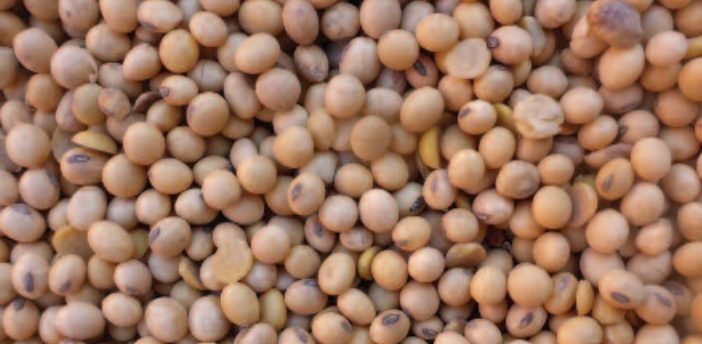Gard Club and Alexandra Chatzimichailoglou Senior Claims Adviser, Lawyer at Piraeus, issued master’s checklists for loading and carriage of soya beans, in order to best demonstrate that there was no lack of cargo care.
It is known that soya beans loaded in Brazil at ambient temperatures of 24-32C and at moisture content of 13-14%. Therefore they may arrive in sound condition to European ports, but due to longer transit times, may arrive damaged in Chinese ports.
“In an effort to put Members in the best evidential position possible to defend claims in China for damage to soya beans, we have prepared the following checklists including sample ventilation spreadsheets”.
…as the club stated.
The checklists identify the sort of evidence that should ideally be gathered to best demonstrate that there was no lack of cargo care on the part of the Master and crew.
In fact, members are encouraged to share the checklists with their operations departments and the Masters and crews on board.
In light of the situation, Gard Club along with Alexandra Chatzimichailoglou Senior Claims Adviser, Lawyer, Piraeus recommend members to be aware of:
Before Loading
- Maintain records and keep evidence that the cargo holds have been cleaned and are ready for loading in all respects in line with industry standards for soya beans. Maintain any orders received from shippers/charterers regarding hold preparation. Also maintain records and keep evidence that weathertightness tests of hatch covers (ultrasonic or hose test) have been carried out.In case of orders from shipper/charterer and/or fumigators to use hatch cover sealant it is recommended that written confirmation of such orders is obtained. Records include last cargo(es), hold cleaning and maintenance, pictures, certificates, logs, hatch cover maintenance and service reports.
- Obtain and review the cargo declaration in order to be informed about the general transport characteristics of the cargo that are relevant to the cargo’s “apparent good order and condition”. There are no specific care parameters for soya beans other than the “International Code for the Safe Carriage of Grain” (the grain rules) and Masters should refer to this Code when loading soya beans. The quality certificate, which indicates the actual analysis results of the cargo, should be requested where issues arise, i.e. the cargo is not found to be “in apparent good order and condition.”
- Seek clear written instructions on ventilation of cargo from shippers /fumigators/charterers and seek timely clarifications if the instructions are contradictory, for example, the fumigation period exceeds the duration of the voyage. To avoid later dispute it is advisable to forward any instructions from the fumigators to the charterers and ask them to confirm that owners should comply.
- Review the preloading stowage plan and loading sequence. The method of loading is determined by the grain rules and normal fuel oil management for heating during the voyage should be applied.
During loading
- Keep hatch covers closed during periods of rain. Monitor weather forecasts and stand ready to close hatch covers in the event of expected or imminent rain. Log/keep record of the weather conditions during loading and include references to hatches being closed in anticipation of/during periods of rain in the Statement of Facts to ensure no cargo is exposed to rain. Record not only the rain periods but also record in the deck or port log when the hatch covers were closed/opened by stating the times.
- Conduct visual inspection throughout the loading operation to make sure that the cargo is in apparent good order and condition – colour and odour checks, infestation, contamination. Sound soya beans are light yellow in colour. Darkened beans are an indication of damage due to self-heating. When in doubt about the “apparent good order and condition” of the cargo, notify Gard in order to arrange inspection by local surveyors and involve experts if required.
- Keep record of the sequence of loading which is relevant to identifying the cause of damage by comparing to the damage pattern during the discharge. If barges deliver cargo, record barge numbers.
- Take cargo temperatures using a calibrated digital temperature probe. These should be taken during loading breaks or upon completion of loading in 2-3 different spots in each hold. The probe should be inserted at least 30-50 cm deep and stay for 5-10 minutes. The temperatures should then be averaged for the entire cargo. This average temperature will form the basis for ventilation in accordance with the 3-degree rule. Elevated cargo temperatures or temperature variations of 5-10 degrees C between different spots or holds indicate self-heating and Gard should be notified and a protest issued to all parties.






























































